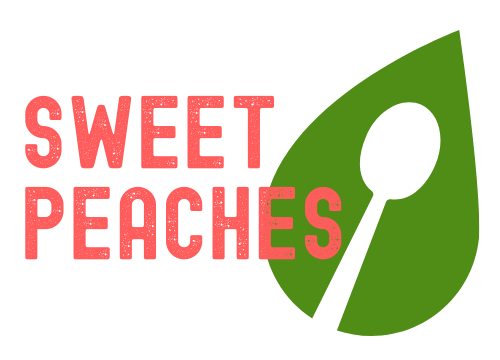Pellagra: Nutrition History

Before we understood vitamin deficiencies, there was a disease outbreak called pellagra that scientists were trying to solve.

What is Niacin?
Niacin (vitmain B3) is necessary for human health. We cannot make niacin, so we must eat it in our diet. Today, niacin deficiency is rare in the US because foods like flour are fortified with B vitamins. Before vitamins were discovered, pellagra was a disease epidemic in the US. The 4 Ds are the symptoms: Diarrhea, dermatitis, dementia, and death.
Interestingly, gluten free flour doesn’t have to be fortified. Check out this post to learn more about gluten free flour.
History of Pellagra
In the early 1900s, there was a pellagra epidemic in the US in poor southern communities. Around the same time, the germ theory of disease was emerging. Scientists began to understand that germs that spread from person to person caused many diseases. So, it only made sense that this epidemic was also caused by a germ! Pellagra got worse in the summer because sunlight worsened the rash from the disease. Some scientists hypothesized a insect could be spreading the disease. Others connected a corn-based diet and pellagra. Scientists wrongly assumed a germ infected the corn. They were on to something with the corn though!
Corn does have niacin, but people can’t absorb it because it’s trapped in the food matrix. Interestingly, in Mexico and Central America, they did not get pellagra because of the practice of nixtamalization. The corn these communities ate was treated with an alkaline lime solution. This mineral solution released the niacin and made it avalible in the body.
Finding a Cure
In 1914, Joseph Goldberger was appointed as the chief pellagra investigator. He traveled to the South to interview communities and study pellagra. Goldberger saw research where infected skin and blood from pellagra patients was injected into animals. When the animals did not develop pellagra, Goldberger was confident the disease was not infectious. He saw poorer communities had diets starkly different from the wealthy communities who were not developing pellagra.
He conducted experiments in orphanages where children were fed diets high in meat and milk and low in corn. Even though he couldn’t connect niacin to pellagra (because it hadn’t been discovered), he was confident that diet was causing the disease. In his later years, Goldberger realized that brewer’s yeast was a cost-effective way to treat the disease (again not understanding why), and he supported supplementing the diet with brewer’s yeast to prevent symptoms!
In 1912, Casimir Funk proposed that diseases like scurvy, Beri Beri, and rickets were diseases caused by deficiencies of substances from food. Later, he studied vitamins. Even when Goldberger demonstrated diet manipulation caused and cured pellagra, scientists did not accept that diet caused the disease. They were determined to prove their own theory that pellagra was infectious, and they did not want to accept the role poverty played in the disease.
In conclusion
In 1937, the epidemic and niacin were finally connected. There are many stories in the history of science where competing scientists are unwilling to give up their opinion and look at other evidence. Bias and ego can hold back scientific discovery and a treatment to stop an epidemic. Today, we rarely see pellagra in the US because of fortification, and we can easily test and treat malnourished people with supplements.
References:
1. Bryan CS, Mull SR. Pellagra Pre-Goldberger: Rupert Blue, Fleming Sandwith, and The “Vitamine Hypothesis.” Trans Am Clin Climatol Assoc. 2015;126:20-45. http://www.ncbi.nlm.nih.gov/pubmed/26330657. Accessed March 28, 2018.
2. Mooney SJ, Knox J, Morabia A. The Thompson-McFadden Commission and Joseph Goldberger: contrasting 2 historical investigations of pellagra in cotton mill villages in South Carolina. Am J Epidemiol. 2014;180(3):235-244. doi:10.1093/aje/kwu134.
*These articles were actually really interesting! If you’re a science nerd like me 🙂
